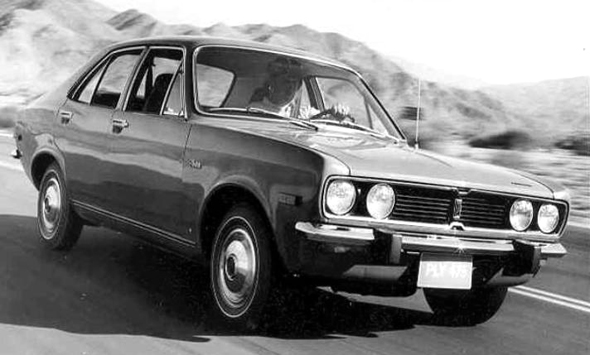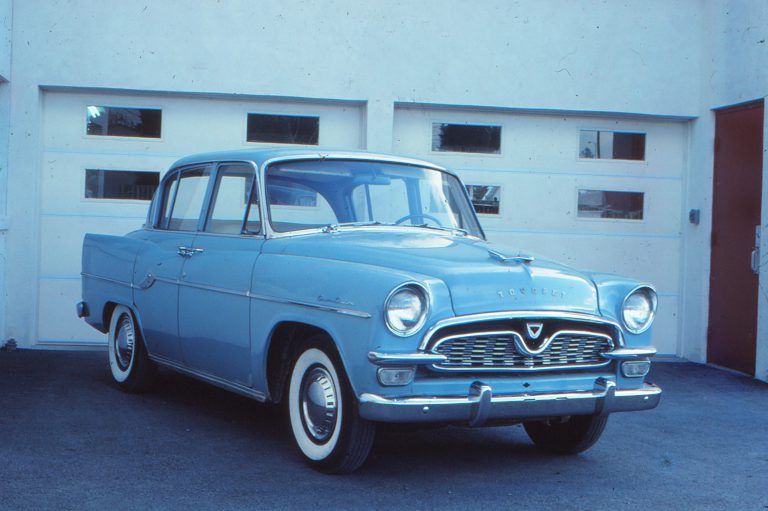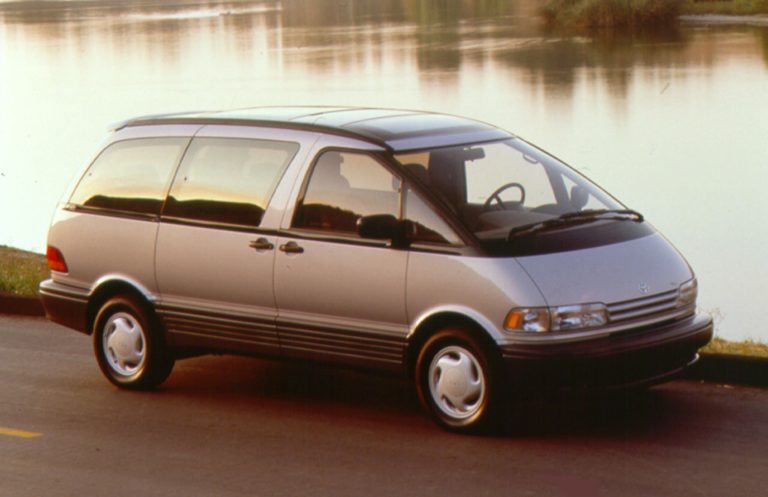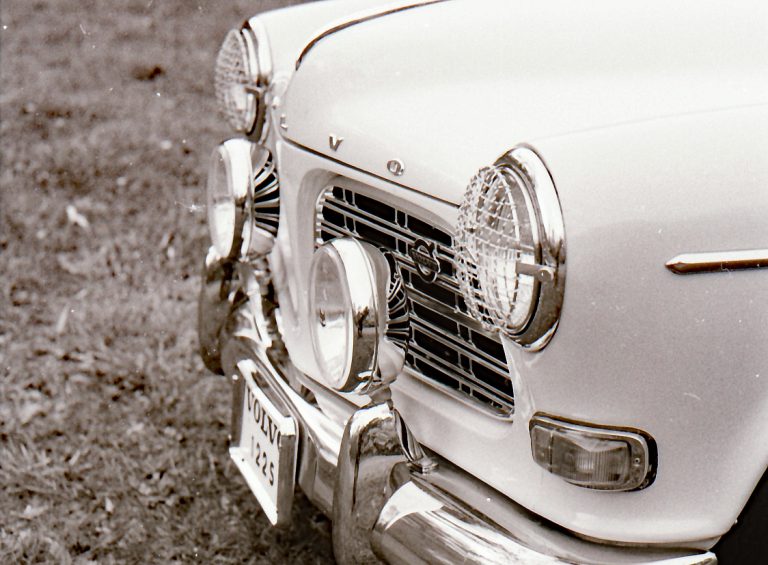History originally published in AutoWeek March 19,1984
In the lexicon of animal names written upon the fenders and flanks of automobiles, rarely is there a creature overlooked. Those omitted – the slug, the sloth, and the bandicoot – have been done so purposely. That which the human eye finds ugly and obnoxious will not, with rare exception, be applied to what man considers beautiful.
It took the French, who are accustomed to doing things differently, to title an automobile with the name of a specific animal – not a species, but an individual. It was a panther, to be precise, and one from a story at that; one from the imagination of an Englishman of the time of Edward, when the sun never set. (Let no one say that the French are not unpredictable). It was Bagheera, the Black Panther of Rudyard Kipling’s Jungle Book.
Now, such a name may be unseemly, there being about as much affection across the channel as between the cobra and the mongoose. But what then is more likely than that from Matra, maker of rockets and missiles and sports cars and race cars? Matra is an acronym for Mechanique-Aviation-Traction, dating to 1942, when under Marcel Chassagny the firm was a small aeronautical contractor in the Free French zone. It was after the war that Matra expanded into rocketry, becoming the major French producer of such.
Matra did not seek the automobile industry, but rather inherited it through Chassagny’s generosity and willingness to finance the small sports car firm of his friend, Renée Bonnet, and Charles Deutsch. When Deutsche and Bonnet took separate paths in 1961, Bonnet continued on his own. Despite Index of Performance successes that Le Mans, sales of the Bonnet Djet were insufficient for corporate survival, and Matra, by virtue of its investments in the firm, took control in 1965.
It is the law of the jungle that the weak are sacrificed, so that the strong may live. But Matra did not abandon automobile manufacture, for it is also the Law that he who drinks at one well will thirst if that well as lost. Matra, wholly dependent upon government contracts, knew that government purchasing could be more fickle than the free market. It would also give the armaments maker public exposure that the otherwise invisible manufacturer lacked. So car-making seemed a logical expansion.
Matra expanded with the vengeance of Kaa the rock python, building the Djet until replacing it in 1967 with the Ford V-4-powered M530, taking the name from a Matra air-to-air missile. Matra moved into racing, too, where Matra Sports went from its first formula 3 car in 1965 to Formula One World champion in 1969. (The English-built Ford-Cosworth powered, the Scotsman Stewart piloted, and the Englishman Terrell managed.) Le Mans, that race of France, by France, and for France, would not fall to Matra’s effort until 1972.
Matras finished first and third that Le Mans in 1973, but by this time the name was Matra-Simca. Chrysler France entered a cooperative agreement with Matra in 1970, with only Chrysler selling Matra-built automobiles, which would henceforth be known as Matra-Simca, in exchange for Matra access to Chrysler France hardware.
Oh, how it must have pained Chrysler again to have adopted a Ford-powered car – forget not the Tiger – but for suffering’s sake, the ache ended the same year as the second Sarthe victory. Matra came forth with Bagheera.
Now, it is true that the panther is a predator, but it is not the mightiest feline in the jungle. Unlike Shere Khan, that striped killer of cows and consort of the Tabaqui the jackal, Bagheera survived by cleverness. And this is how it was done.
The engine and transmission from the front-drive Simca 1100 were mounted amidship of an integral steel structure that makes the floor pan of the Bagheera, to which the front frame members of the Simca with its parallel wishbone suspension are attached. At the rear, a Matra trailing arm design was fitted. Befitting a Chrysler product, there are torsion bars all around, transverse at the rear, longitudinal up front. Standard tires were 155×13 at the front and 185×13 at the rear, with disc brakes at each wheel.
The rigid chassis was topped by a fiberglass body worthy of an auto show car effort by one of the Italian houses, but was in fact an in-house product.
Over the years, two engines were available, 1294cc producing 84 BHP or 1442 with 90 BHP. Either way, the aluminum head, iron block push-rod engine was canted rearward 15 degrees and equipped with a pair of downdraft two-barrel Weber carburetors. The transmission choice was limited to one: A four-speed manual.
But the most unusual feature of the Bagheera was the seating arrangement. Sensing that the standard 2+2 arrangement was unsatisfactory, especially for a rear-seat passenger, Matra took another course and made every seat in the house a front seat. All three of them. The driver got an individually adjustable bucket, while the passengers rode on a fixed-in-place molded “bench” with an adjustable toe-board. Of course, while the scheme does allow three-up travel, it also solves the problem of where the girlfriend sits in a sports car. The middle seat in the Bagheera means no more uncomfortable perches on the parking brake lever. There is even a three-point seat belt for m’ love. Leave it to the French…
The passenger compartment is as spacious as the blue sky home of Rann the kite, with the dashboard of the passenger side down at ankle level and no center console. The shifter is simply floor-mounted and the steering wheel is single-spoked.
There is no luggage space up front, the hood opening to expose various mechanical bits, but the rear hatch opens to a shelf with two doors, one to a commodious trunk – virtually the entire rear overhang – and the other lets one see the very top of the engine. Sorry, but repairs would mean get out and get under.
And the early models – the cubs – were notorious for needing repairs, with one German auto club giving the car its Silver Lemon award. Nevertheless, the car sold on the order of 6,000 per year. A second version, introduced in 1977 and produced until being replaced by the Murena in 1982, was to change that, and received a facelift to emphasize the point as well. Minor modifications to the side sheet metal were made, the taillights enlarged, and most noticeably, the dainty bumperettes were replaced with big black units that at least appeared formidable. The car could still out-wedge any TR-7 around.
The panther becomes best known in motion, however, and let it be said of all the beasts that Bagheera is nimble and fleet of foot, though not possessing overwhelming power. It is silent, allowing only the sound of the valvetrain working. Catlike, it moves leisurely until pressed, the carburetors preferring rpm over 3000, with 2000 rpm an operational minimum. The tach is marked red at 6500 RPM, but the engine sounds as if it’s willing for more.
Now, we have learned that some things are beyond anyone’s trying to improve them, and one such device is the steering wheel. However, the one-spoke wheel on the Bagheera does not leave one wishing for thumb hooks, for the backside is well contoured and easily gripped. The contoured shifter handle is surprisingly welcome to the hand as well.
But Bagheera, friend of the Free People and Mowgli the Frog, how does Rudyard Kipling – he who named you – how does he speak of you?
“Everybody knew Bagheera, and nobody cared to cross his path; for he was as cunning as the Tabaqui, as bold as the wild buffalo and as reckless as the wounded elephant. But he had a voice the soft is wild honey dripping from a tree, and the skin softer than down.”
Ah Bagheera, he knew you well.













